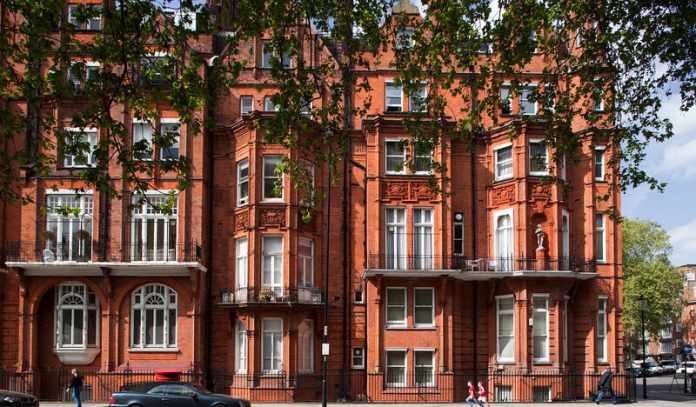The first thing to take into consideration, when restoring an old building is always try to respect the integrity of the building. Repair rather than restore where you can, these buildings are made of dry, permeable materials and are not generally completely dry. Rain often drives into the walls with the wind drying it out over time and the rest evaporates indoors. Old walls constructed using stones often have a quite rubbishy (clay) mortar and allow water up from the ground. This leads to the walls often containing a small amount of water, which needs to continually dry out.
Before you start work, you should always consult with your architect or a specialist Lime plasterer.
https://johnhoyne.com/
This is where lime plaster becomes very important to a period building, the original plaster allows the old walls to breathe. Unlike modern cement-based products and gypsum plasters, which are hard, inflexible, and are not breathable. Whereas traditional lime plaster is a soft finish, which will offer a degree of flexibility and are of course breathable. This along with improved ventilation and double glazed windows will help to prevent damp and condensation.
Most problems with old plasterwork can be easily fixed, but sadly, the wrong methods and inappropriate cement-based materials are all too frequently used for repairs. This can mean moisture is sealed in, resulting in damage and decay. Your builder may encourage you to dry-line without a second thought. Cladding all external-facing walls internally using insulated slabs, the house will seem to be dry inside but underneath the insulated slabs, moisture is trapped in the wall. Wet and dry rot caused by mold spores will then spread throughout the house, with black mold appearing on the walls. New buildings are all about keeping the weather outside, whereas old buildings need to breathe continuously. There are ways to create a full or partially breathing wall.
In the year 1877, William Morris and Phillip Webb, of the Arts & Crafts Movement in England, instigated the Anti-Scrape movement and their advice is still relevant to this day. The original stone walls of a period building were never intended to be bare, especially externally. By removing the old lime plaster and if present cement renders, will allow wind-driven rain to penetration the walls even when they have been careful re-pointing.
Where you are re-plastering using lime plaster, the initial step on bare walls is called a harling coat. This consists of a lime slurry which forms a base coat that provides a grip for the next coat of plaster. The next stage is called a scratch coat, which is 10mm to 15mm in thickness approx. Depending on the condition of the old walls, there will normally be two or more scratch coats applied. There is a drying time required between each plaster coat of one day per 1mm, of course, this is weather depended. Once all scratch coats have been applied, the homeowner may choose if they wish to include to install wood fiberboards internally. These fiberboards are both breathable and have excellent insulation values. The next step in the process is to apply a floating coat of lime plaster over either the external scratch coat or internal fiberboards. This floating coat is very similar to the scratch coat but its surface has been finished with a plasterers float. The final step in the process is the finish coat, which consists of natural lime and very fine sand. This plaster is then finished to a very smooth surface and is ready for paint once it has dried out.
Drains are also worth mentioning in relation the lime plastering, as they help control the amount of moisture in a wall. A drain at the base of all walls externally should be installed and checked regularly for blockages.
And last but not least, after you have gone to the trouble and expense of re-plastering with a breathable lime render.
It does not make any sense to then cover them with non-breathable paints but instead to use a clay or lime-based paint. There is an increasing number of new “Eco-Paints” being brought to the market in recent years. With demand increasing for a wish for a healthier home environment as well as to allow your walls to breathe. There are also a number of well-known heritage branded paints for the period homeowner to choose from.

















